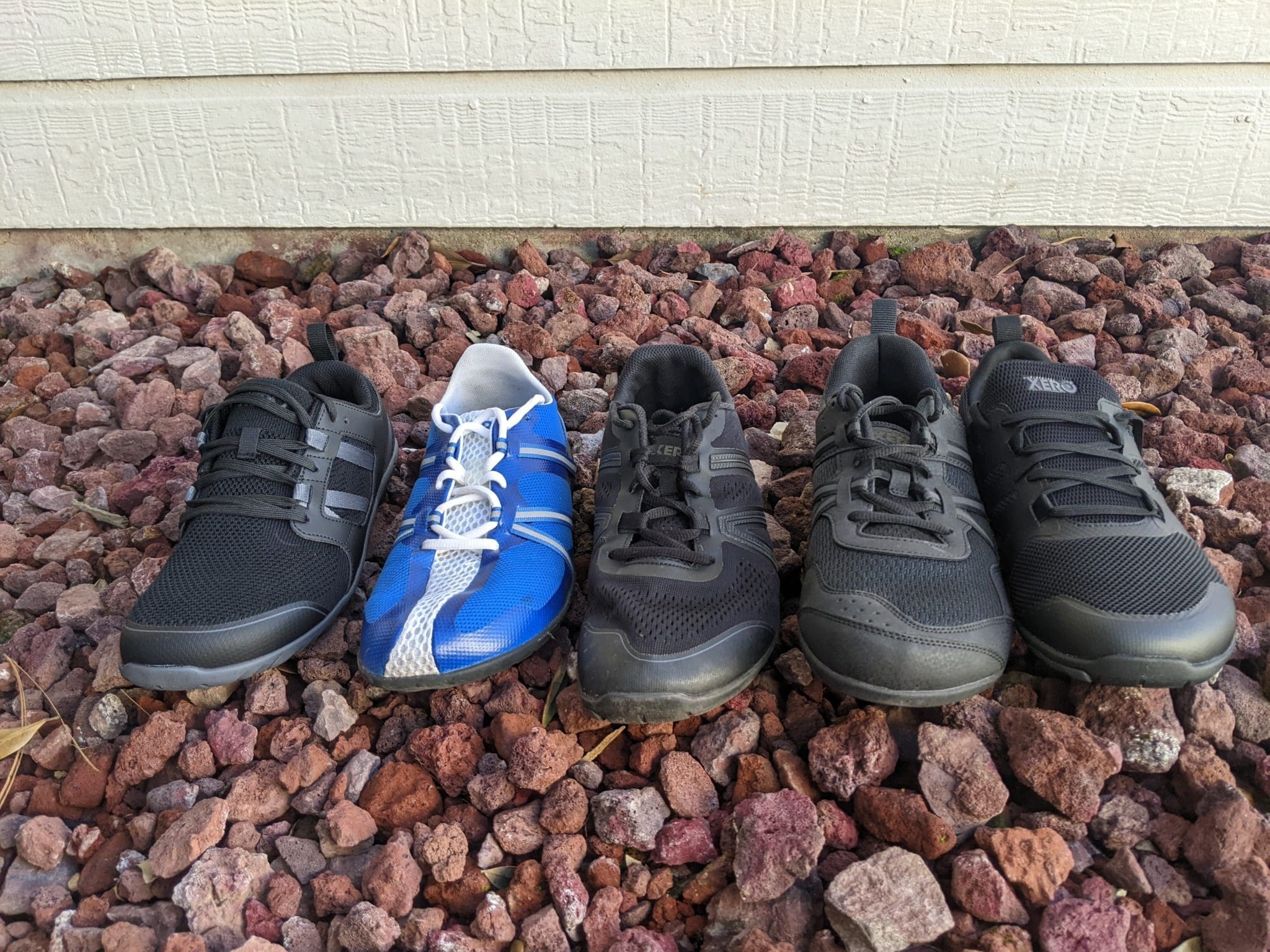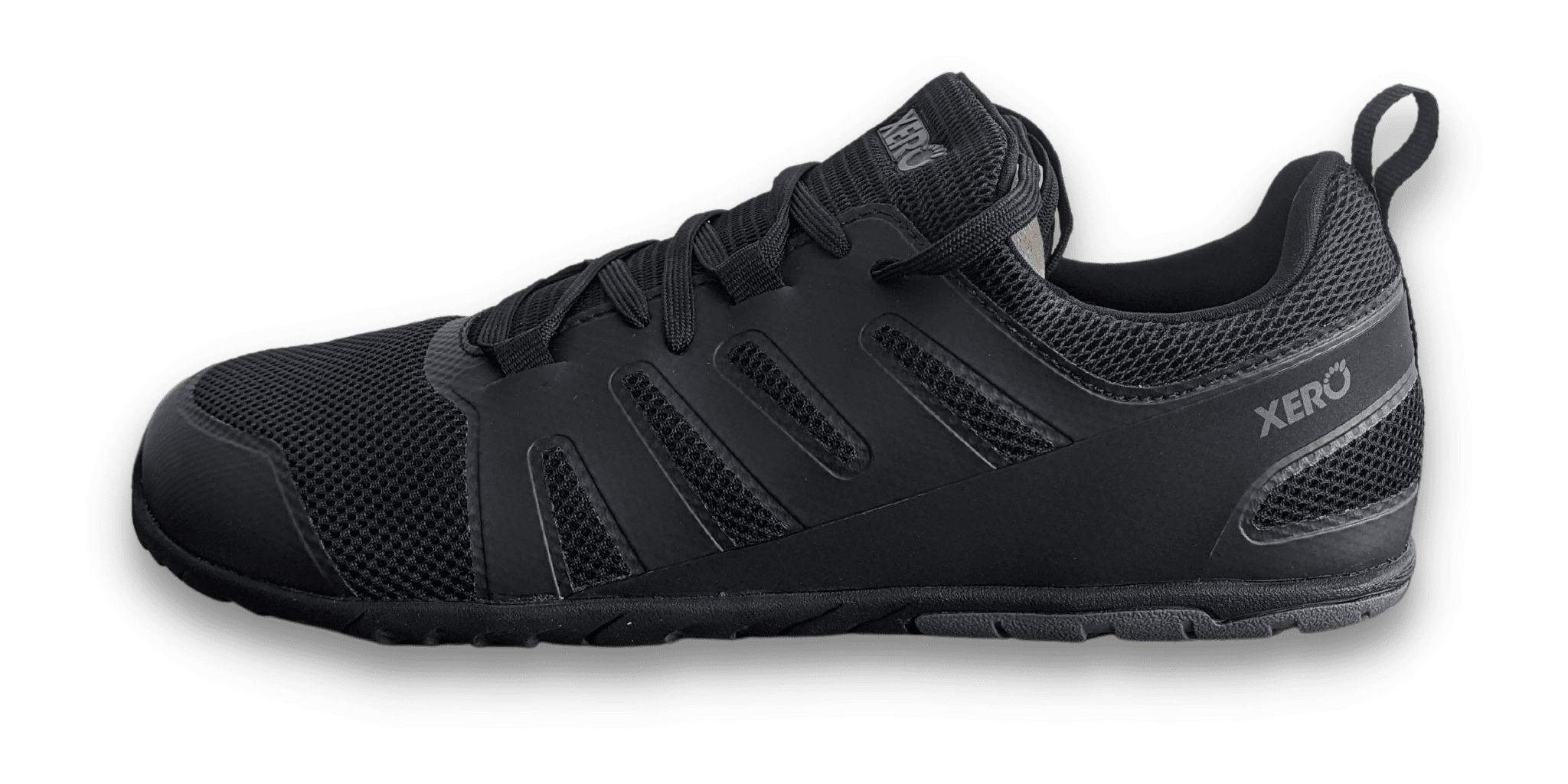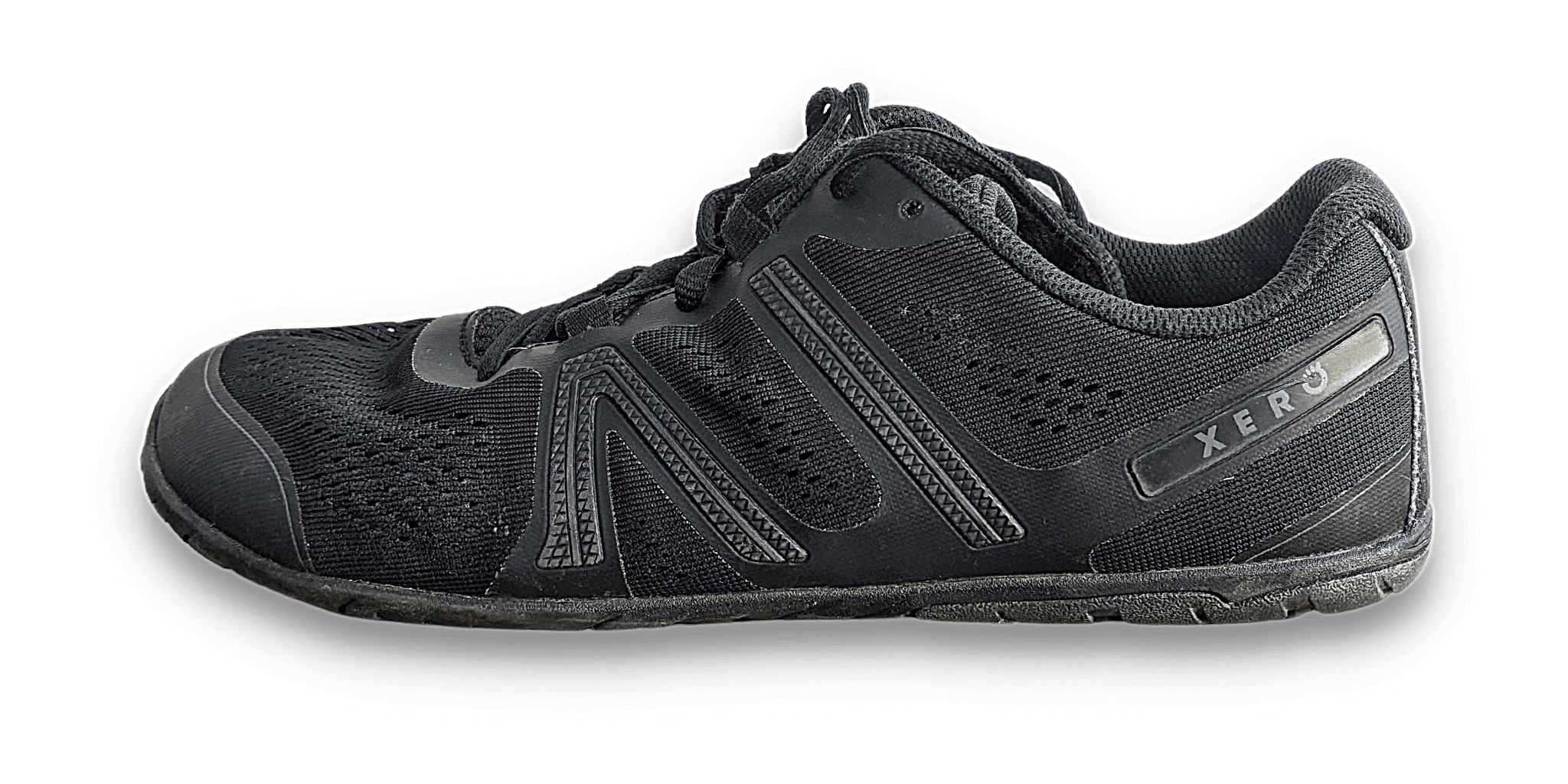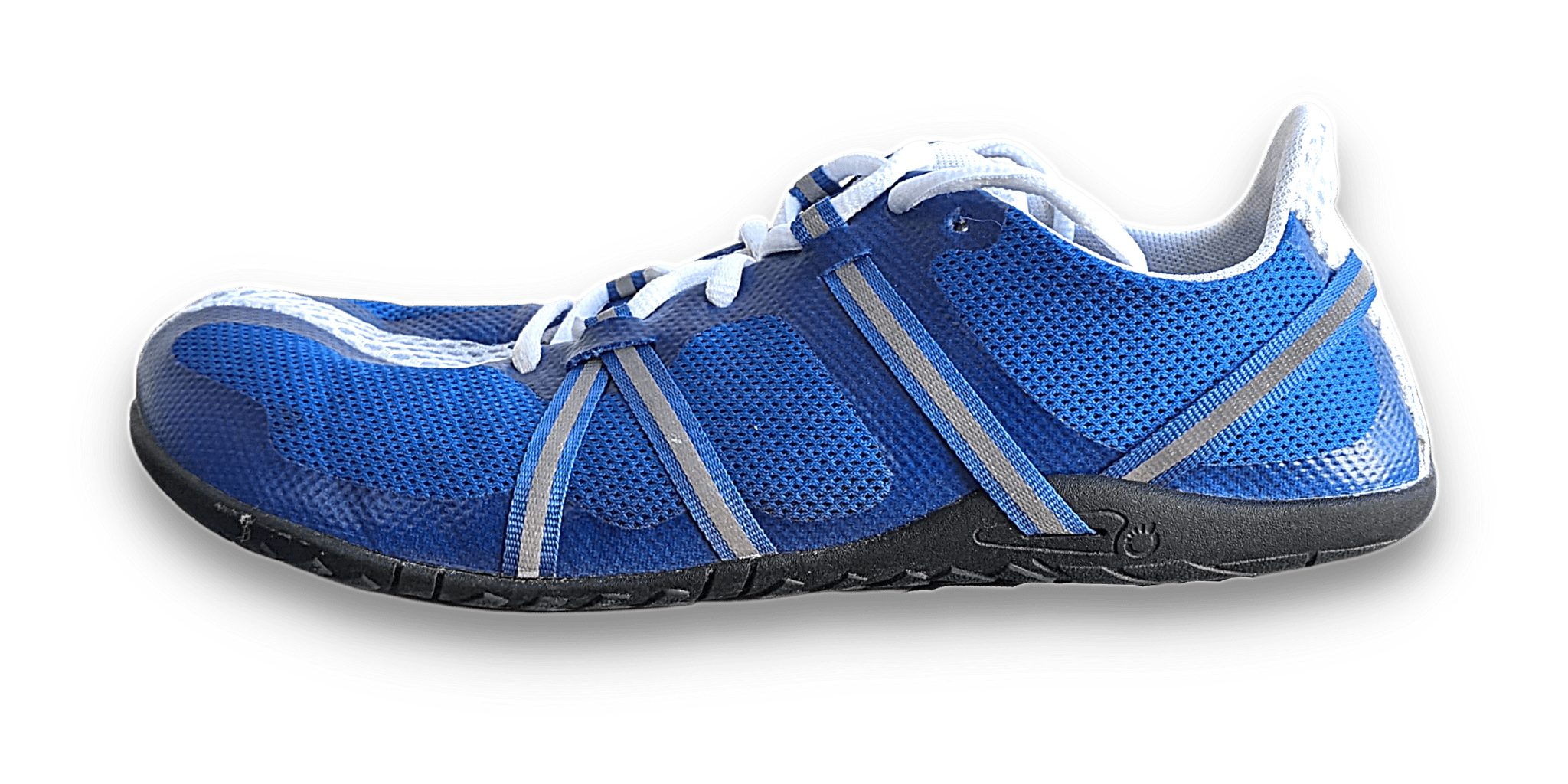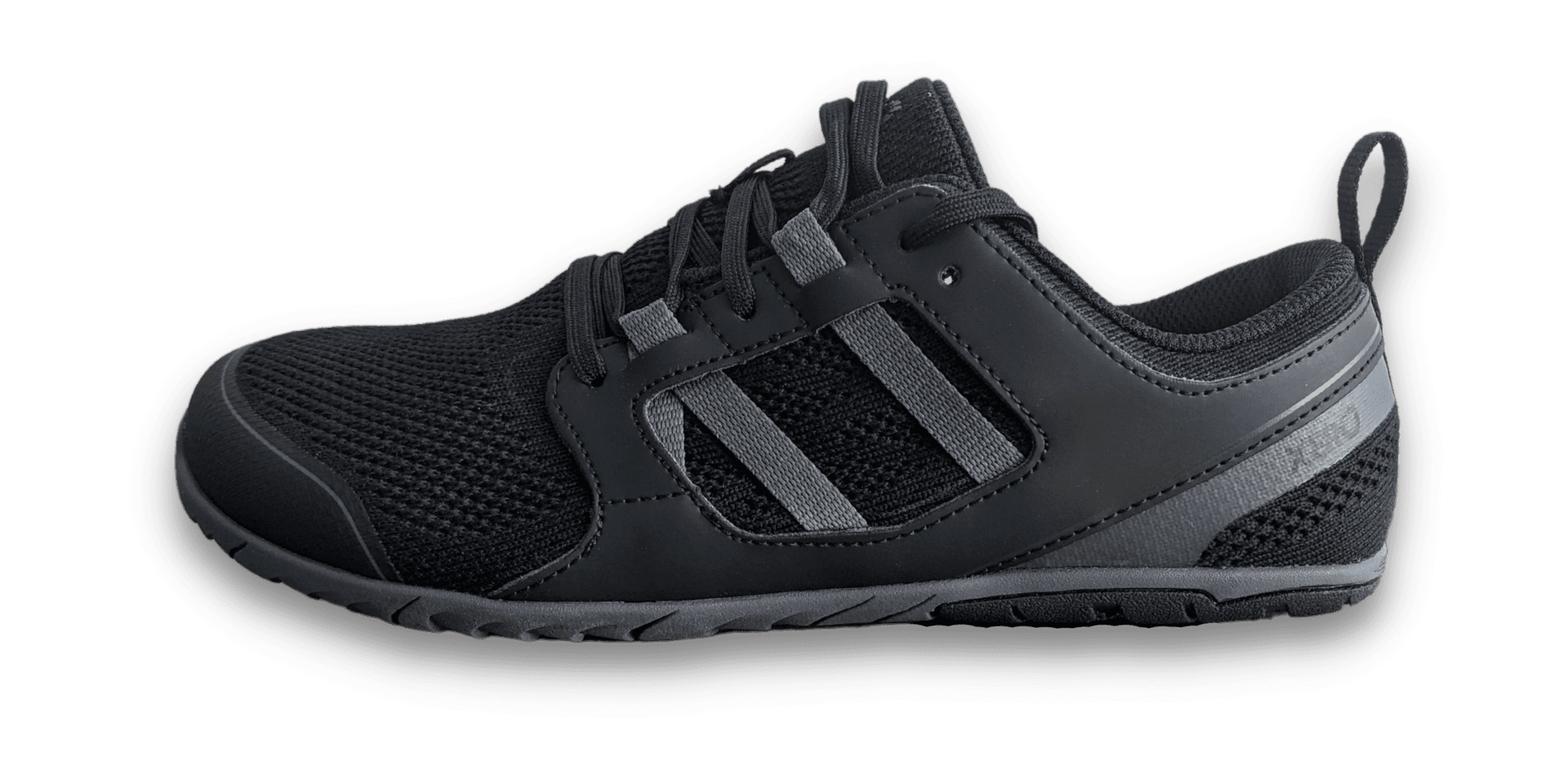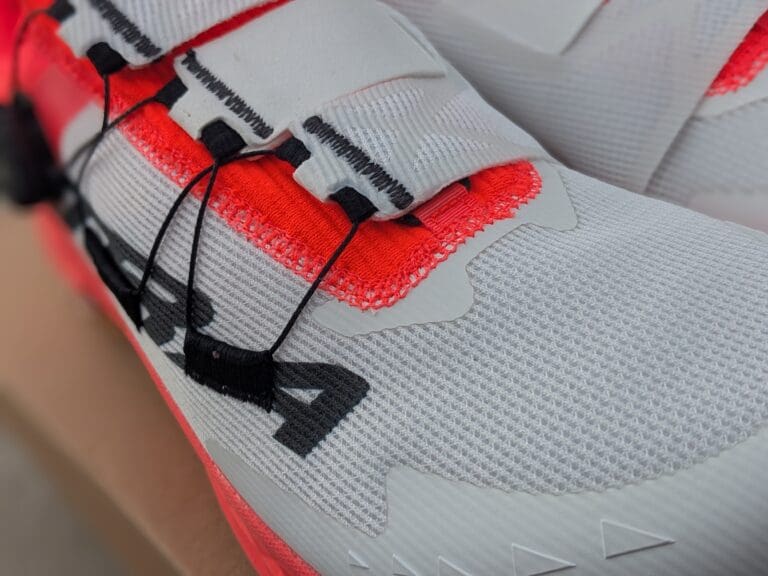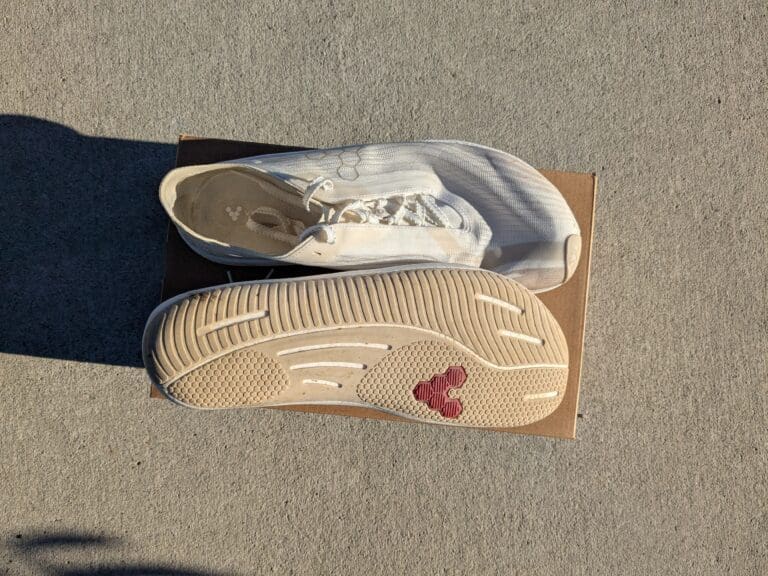For some unknown reason, Xero Shoes have a vast range of road running shoes. And I’ve tried them all. Some are light, some are flexible, some are wide, some are deep, and not every model will work for you.
So which one should you try? Christopher McDougal’s (Born To Run author) favorite, the Zelen?
Or the uber flexible, lightweight (and my favorite) HFS?
In this post, I will help you make the right shoe choice for you. First, we’ll work out your unique foot type and then match that to one of the available Xero Shoes models.
More importantly, I’ll tell you if Xero Shoes are NOT for you!
After finding the perfect fit, I’ll list some key factors that set the models apart.
So, let’s jump into the post, starting with YOU and your feet.
Affiliate Disclosure: By clicking through the links on this page and purchasing the products, you’ll be helping me out. This is done because I receive a kickback from the sellers at no extra cost to you! Thank you so much for supporting us!
Let’s determine your foot shape because that will define which shoes fit best.
Toe length
First, let’s look at your toes. Which of the following best matches your foot?

Sloped toes – The smaller toes are significantly small than the large toes.

Morton’s Toe – Second toe is longer than the big toe, and tapers from there.
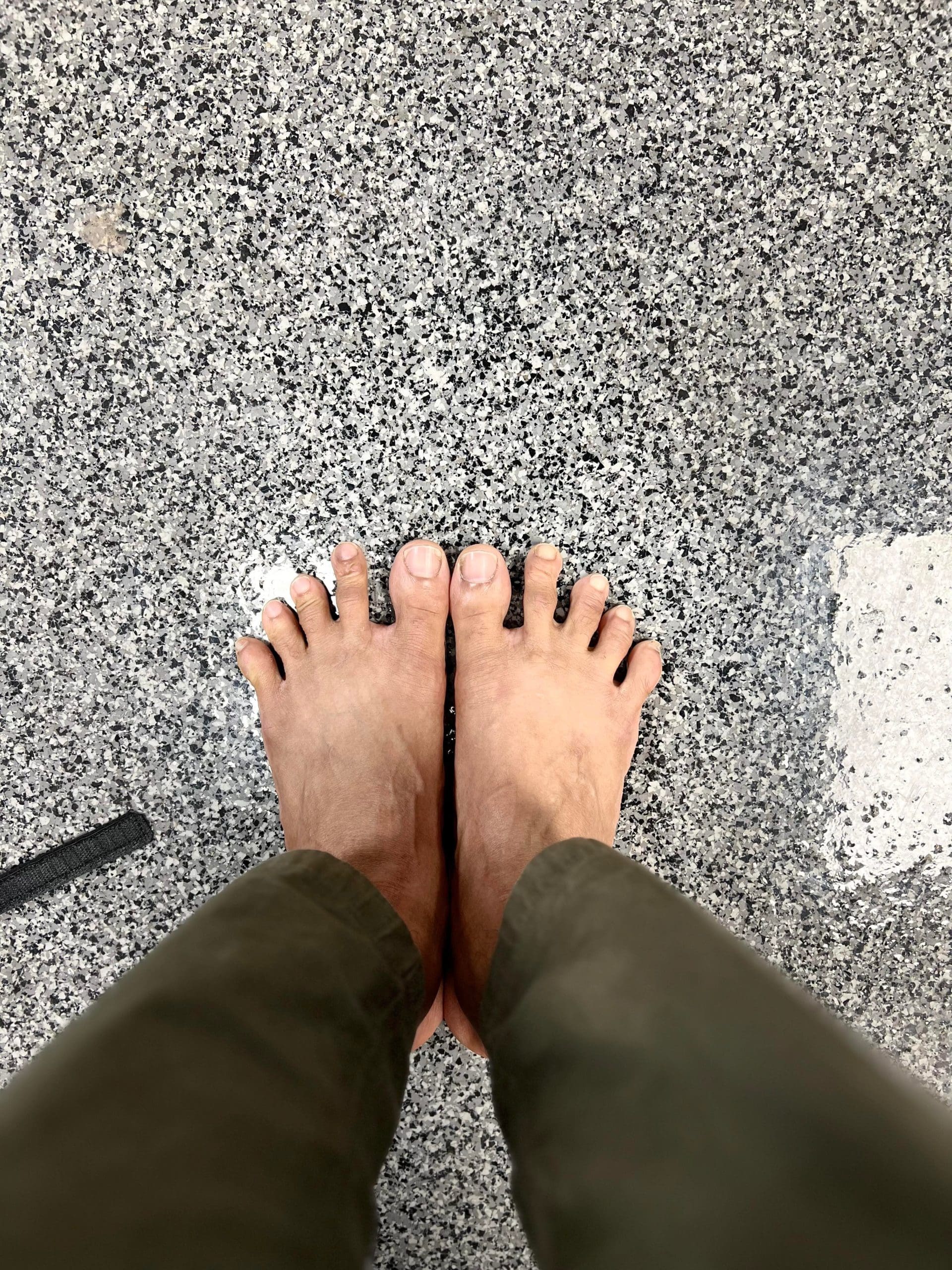
Square Toes – Small difference between the big and the little toes.
All these foot types are typical! And even if your feet look different, don’t worry; every foot in this world is different. Just find the one that matches the closest.
If you match closest with square toes, I will suggest you stop reading this post now and look at Vivobarefoot shoes.
Xero Shoes are not made with a huge toe splay in mind. Instead, they aim for the 80-90% of feet that don’t have a huge splay.
If you have Morton’s toe or sloped toes, then Xero Shoes will be just perfect for you. So take note and keep on moving through the post.
Width
Now, let’s look at the width throughout your whole foot.
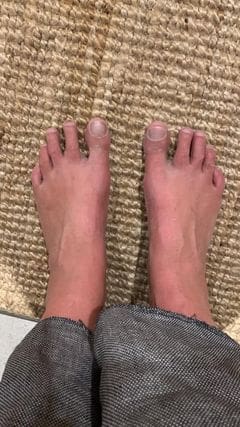
Pencil – Thin and narrow throughout the foot.

Log – Wide in the heel and a similar width is throughout the foot.

Fan – Narrow in the heel, but wide in the forefoot
The fan foot shape is another shoe brand stopper.
For a similar reason to the toe length, Xero Shoes are not made super wide at the forefoot, so I’d suggest looking at Vivobarefoot if that’s you.
Otherwise, make a note of your foot width type and continue!
Depth
Lastly, let’s look at height or depth.
This is a little harder to determine, and the best way to work this out is to take your past experiences with shoes.
Shallow | Agreeable | Deep
When you slip on a shoe, do you often feel pressure over the top of your foot? If so, you’ve got a deep foot.
If you have to crank the laces on shoes to the point where you get bunching of the shoe material near the forefoot, then you have a shallow foot.
If neither sounds true, you’re like right in the middle, agreeable.
Xero Shoes does have a shoe to fit all types of depth, but you’ll have more options if you’re Agreeable or Deep range. For Shallow feet out there, there’s only one choice. And I’ll get to that later.
Describing your foot
Hopefully, now you’ve got 3 descriptive words that match your foot. From here, finding the right shoe for you is much more straightforward.
For example, my feet are:
Sloped | (Fan/Log) | Agreeable (Ignore the dirt 🙂 )
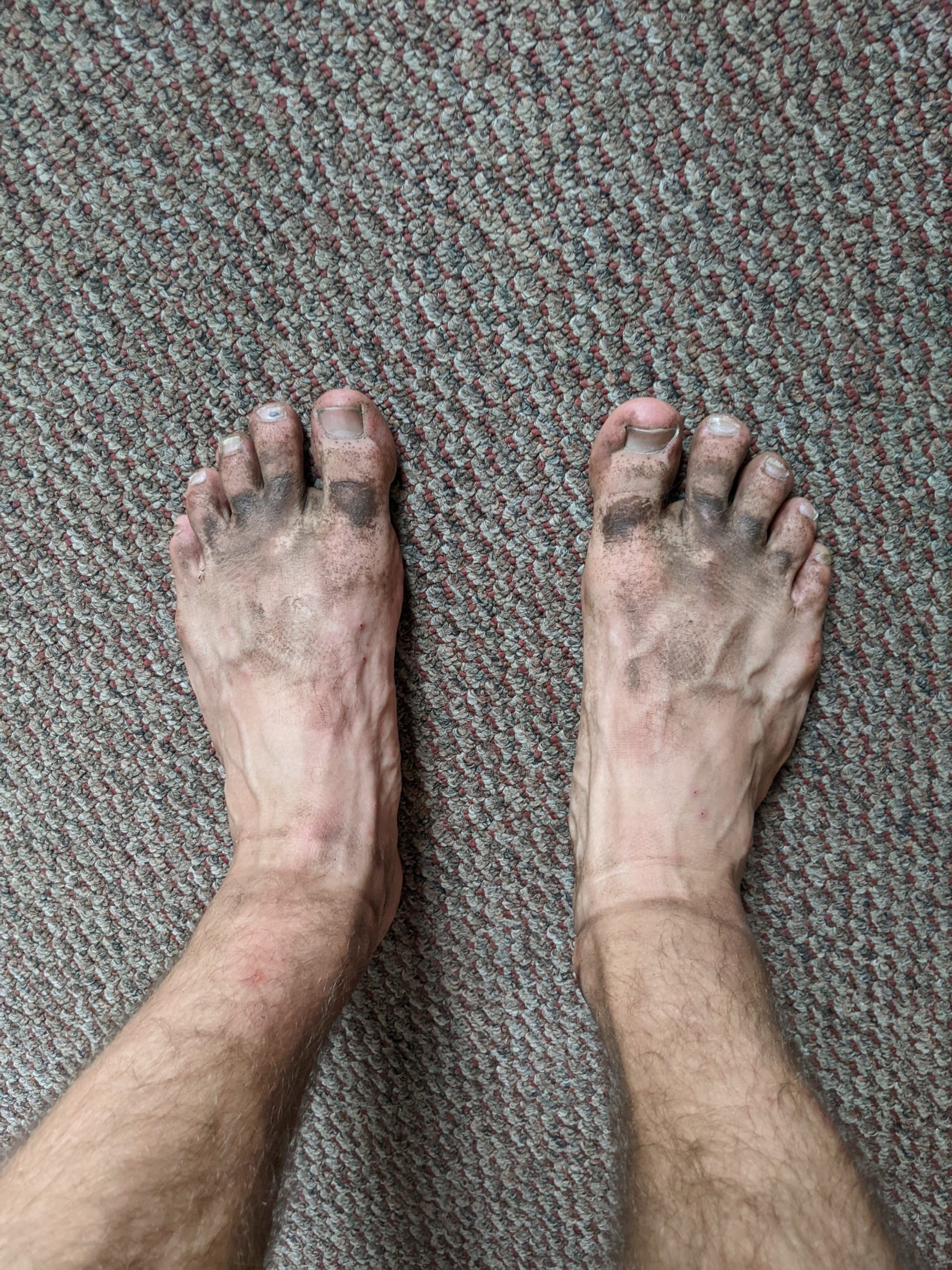
Now I will list each Xero Shoes road option and describe which foot type they’ll suit best.
If you’re between 2 or 3 models, that’s great! The final sections in this post on durability and performance will help you choose the perfect shoe.
And if you’re still unsure, CONTACT ME on Instagram, and I’ll help you personally!
Prio Neo
Type: Road
Toe Length: Morton/Sloped
Width: Pencil
Depth: Agreeable/Deep
Stack height: ~5mm + 3.5mm insole
Weight: 9.6 oz/ 272 g
A great all-round shoe for our narrower-foot friends. Read the full Review
Forza Runner
Type: Road
Toe Length: Morton
Width: Pencil
Depth: Agreeable
Stack height: 4-5mm + 3.5mm removable insole
Weight: 7.2oz / 204g
Lightweight, minimal, luxury bootie upper. Read the full Review
HFS
Type: Road
Toe Length: Sloped/Morton
Width: Log/Fan
Depth: Deep
Stack height: 5mm rubber outsole + 3.5mm removable insole
Weight: 6.8oz / 193g
Flexible in every direction. My daily road running trainer. Read the full Review
Prio
Type: Road
Toe Length: Sloped/Morton
Width: Log/Fan
Depth: Deep
Stack height: 7.5 mm rubber outsole + 3mm removable insole
Weight: 7.6oz / 215g
Cheap and durable entry-level road running shoes. Read the full Review
Speed Force
Type: Road
Toe Length: Morton
Width: Pencil/Log
Depth: Deep
Stack height: 7.5 mm rubber outsole + 3mm removable insole
Weight: 7.6oz / 215g
Cheap and durable entry-level road running shoes. Read the full Review
Zelen
Type: Road
Toe Length: Sloped/Morton
Width: Pencil/Log
Depth: Shallow/Aggreable
Stack height: 5 mm rubber outsole + 3.5mm removable insole
Weight: 7.8oz/ 210g
A great court and casual shoe and eco-friendly. Read the full Review
You should have a great idea of the shoes that could work for your foot now.
If a model works in all categories but one, click on the full review and read further to find out if it makes a difference or is something you could get used to. Because your feet and the feeling of the shoe are adaptable to a certain extent!
Which Xero Shoes model will last the longest?
Well, all Xero Shoes come with a 5000-mile guarantee on the rubber outsole, so you should expect that any choice you make will be great.
But that doesn’t account for the upper materials.
I’ve found the newer models to be much better designed, with strategically placed overlays and higher-quality materials, so I’d expect they’d last much longer.
If the following shoes fit your foot type, I’d suggest going for one of these.
Why not the old trusty Prio?
Although the outsole is bomb-proof, and the strapping/lacing is made to last, the heavy amount of soft foam sitting below thin material around the heel seems like it could wear unless the fit is perfect.
The stitched overlays are also prone to breaking if scuffed.
Not all the Xero Shoes models are built for speed and flexibility.
Some are better suited to every day/gym wear, whereas others allow amazing barefoot movement. Great for barefoot training.
In the following table, I’ll rank each shoe for flexibility, lateral support (suitable for court sports), and weight.
Generally, all the models can work for running, but lighter, more flexible shoes are preferable.
| Flexibility (1-10 the higher the more flexible) | Lateral Support (1- 10 the higher, the more supportive) | Weight (g) | |
| Prio Neo | 5 | 8 | 272 |
| Prio | 4 | 8 | 215 |
| HFS | 9 | 3 | 193 |
| Speed Force | 8 | 4 | 215 |
| Zelen | 6 | 7 | 210 |
| Forza Runner | 8 | 5 | 204 |
As you can see, the HFS comes out on top for flexibility and weight. And that’s why it’s my favorite road running shoe. But it does come with drawbacks. HFS’s will be sloppy if you want to do dynamic movements, such as court sports.
At the other end, the Prio Neo is the heaviest, with the greatest lateral support.
In testing, the shoe didn’t feel that heavy. But at the same time, it doesn’t feel like a lightweight racer either. If you want a shoe to do it all, the Prio Neo is actually a great choice.
I know that was a lot of information, with a whole heap of options. But that’s the Xero Shoes lineup for you!
With the foot type information, I hope I’ve been able to narrow down the choice a little, and for the rest, I’d suggest reading the full review here on Barefoot Run Review.
- Xero Shoes Prio Neo Review
- Xero Shoes HFS Review
- Xero Shoes Prio Review
- Xero Shoes Forza Runner Review
- Xero Shoes Zelen Review
- Xero Shoes Speed Force Review
One thing I can be sure of is the joy you’ll get from going minimal. Remember to transition slowly, and don’t ignore cushioned shoes like Altra because they still have their place in a training plan!
And if you’re new to barefoot running. Start here.
